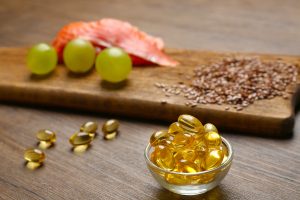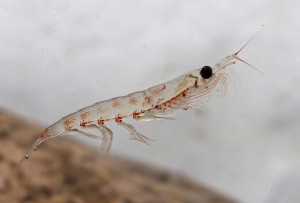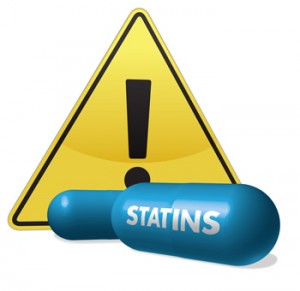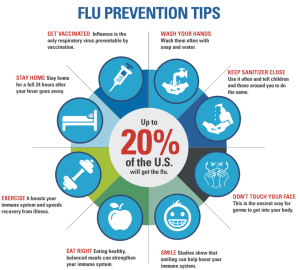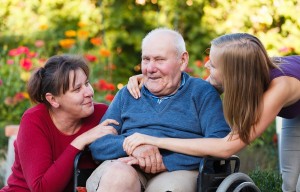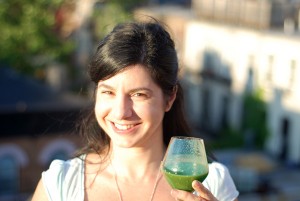I am going to review fish, the good and the bad. Fish can be very nutritious, because it contains a lot of healthy omega-3 fatty acids. But because of pollution it also has various degrees of mercury, PBC’s and other impurities.
I will discuss the good about fish oil first. Later we will learn that wild salmon is one of the best fish to eat, while we should avoid tuna due to mercury pollution.
The good about fish
Omega-3 fatty acids, also called marine oil, is an essential fatty acid. It balances omega-6 fatty acids of which we eat too much. Processed foods are full of omega-6 fatty acids, because they keep a long time on the grocery shelves without turning rancid. But when the omega-6 to omega-3 ratio is getting higher than 3:1 we are experiencing a problem. The body stimulates the arachidonic acid pathway, a metabolic pathway that produces inflammatory substances and arthritis. An old home remedy for arthritis is to use fish oil (cod liver oil). It changes the omega-6 to omega-3 ratio back to more normal levels, which can help arthritis patients. Early stage of arthritis can even heal.
Omega-6 fatty acids cause inflammation
Many processed foods contain only omega-6 fatty acids, because this is the cheapest way to produce them (they are based on vegetable oils). Instead of this you want to eat healthy fats like omega-3 fatty acids contained in nuts and fish. You can also add molecularly distilled, high potency omega-3 fatty acids (purified fish oil) as a supplement to help restore the balance between omega-6 and omega-3 in the food you eat. Corn oil, safflower oil, grape seed oil, soybean oil, cottonseed oil, canola oil and peanut oil contain omega-6 fatty acids. These are the ones that cause inflammation and disease. You must avoid them!
Omega-6 to omega-3 ratio
Compare the metabolism of omega-6 fatty acids with that of omega-3 fatty acids.
The linoleic acid of omega-6 fatty acids metabolizes into arachidonic acid, which causes pro-inflammatory mediators, PGE2 and LTB4 as shown in the metabolism link. On the other hand with omega-3 fatty acids alpha-linolenic acid (ALA) metabolizes into EPA, DHA and the anti-inflammatory mediators PGE3 and LTB5.
It is easily understandable why a surplus of omega-6 fatty acids from processed foods will disbalance the omega-6 to omega-3 ratio. This ratio should be 1:1 to 3:1, but many Americans’ omega-6 to omega-3 ratio is 6:1 to 18:1. Omega-6-fatty acids cause arthritis, heart disease and strokes. Be particularly careful avoiding soybean oil. It has become the most popular oil in the last few decades to foul up the omega-6 to omega-3 ratio. We consume it through processed foods and cooking oils.
Omega-3 supplements
When it comes to balancing omega-3 and omega-6 fatty acids in your diet, be aware that nutritional balancing can help you restore the ideal omega-6 to omega-3 ratio of 1:1 to 3:1. An easy way is to cut out processed foods as much as possible. Supplement with molecularly distilled fish oil capsules to add more omega-3 fatty acids into your food intake. Here is an example of rheumatoid arthritis patients that received omega-3 supplements. After 24 weeks their joint swelling and tenderness decreased significantly.
Rebalancing the omega-6 to omega-3 ratio was able to treat depression as this research showed. This makes you wonder how much depression may be caused by overconsumption of processed food.
Dr. Blatman suggested the following doses of omega-3 supplementation for various purposes:
- 1 gram/day as supplementation for healthy adults with a good diet
- 1-3 grams/day for people with cardiovascular disease
- 5-10 grams/day for patients with an autoimmune disease, with chronic pain or with neuropsychiatric conditions
He mentioned that these doses are empirical, but in his experience this is what really works. Due to quality differences he suggested that you buy fish oil capsules in a health food store. Stay away from discount stores (the quality is the worst) and drug stores.
Other healthy oils are olive oil and coconut oil. They are also useful for cooking.
The bad about fish
1. Mercury and other pollutant
Pollution of the air, soil and rivers is causing accumulation of mercury and other heavy metals in ocean water.
This affects fish that live in the ocean. There is a pecking order of predators with the larger fish feeding on the smaller fish. The bigger the predator fish, the more mercury and other pollutants they accumulate. According to this link the safest seafood is wild salmon, pollock and oysters.
High mercury content of predator fish
Tuna is too high in mercury, so is swordfish, and shark is even worse. I only consume fish from freshwater lakes or rivers, as well as salmon, oysters and shrimp. This way I get the lowest exposure to mercury. Why is mercury bad for you? It is a neurotoxin. It can harm your brain, heart, kidneys, lungs and the immune system. Specific symptoms can include loss of peripheral vision and lack of coordination with balancing problems. There may be impairment of speech and hearing. The key is to avoid mercury exposure.
2. Rancidity of fish oil
Rancid fish oil contains free radicals that attack the lining of the arteries. There would be no point in taking fish oil, if it is rancid and destroyed what you want to protect. When you store fish oil, it can interact with oxygen and form lipid peroxides, which are free radicals. The Council for Responsible Nutrition’s quality standards monitors rancidity in fish oil. Get fish oil that meets or exceeds the Council’s standards. If you refrigerate fish oil, it stays fresh longer.
Managing mercury pollution
Smaller fish low in mercury
The first line of defense is to stick to the smaller fish. They are they prey of the large predator fish. The following fish/mussels belong into the low mercury group (alphabetical order): anchovies, catfish, clam, crab, crawfish, flounder, haddock, herring, mackerel, mullet, oyster, perch, pollock, salmon, sardines, scallops, shrimp, sole, squid, trout and whitefish.
Molecularly distilled omega-3 fatty acid supplements
You may want to supplement your omega-3 fatty acid intake by fish oil capsules. It is important that you choose the more expensive higher potency products. A molecular distillation process that removes mercury, PCB and other heavy metals creates these higher potency products. This way you only get the enriched omega-3 fatty acids in pure form. EPA and DHA in one capsule should be in the 900 mg to 1000 mg range, not less. I take 2 capsules twice per day as a daily supplement. This helps you as indicated above to balance the omega-6 to omega-3 ratio, which cuts down any inflammatory process in you.
More good news about omega-3 fatty acids
Omega-3 fatty acids have multiple anti-inflammatory effects. This helps for treating arthritis, osteoporosis, preventing heart attacks and brain shrinkage. Even depression can be influenced positively when krill oil and fish oil are both taken at the same time. It is best to think about krill oil and omega-3 fatty acids (fish oil) as complementary marine oils having multiple beneficial effects on the body. Studies have shown that arthritis and osteoarthritis improve with krill oil, but also with fish oil. Similarly, heart attacks and strokes are prevented with both krill oil and omega-3 fatty acids. It appears that both oils reduce inflammation in the arteries that is associated with high blood pressure, diabetes, obesity and metabolic syndrome in obese people. C-reactive protein measuring inflammation was reduced by krill oil up to 30% compared to placebo within 30 days. Patients with arthritis had 20% reduction in stiffness and pain.
More on krill oil
Krill oil is well absorbed into the brain and can prevent age-related brain shrinkage, preserve cognitive function and memory, prevent dementia and also possibly depression.
Other health conditions improve on both krill oil and omega-3 fatty acids like osteoporosis (in combination with vitamin K2, vitamin D3 and calcium), a weak immune system, diabetes, high triglyceride levels and cholesterol problems. Both marine oils prevent LDL cholesterol from being oxidized, which helps to prevent atheroma formation and hardening of the arteries. This prevents heart attacks and strokes.
Conclusion
Children received cod liver oil in the past to prevent rickets. In the 1960’s Dale Alexander wrote a book called “Arthritis and Common Sense”. Since then medicine has been revolutionized in the late 1990’s by the idea that inflammation in the body is responsible for high blood pressure, diabetes, heart attacks, strokes, arthritis and even Alzheimer’s disease. It is in this area that omega-3 fatty acids are an important supplement as fish oil capsules and krill oil capsules. These supplements can be bought molecularly distilled to be free of mercury and other pollutants.
Anti-inflammatory effect of omega-3 fatty acids
The anti-inflammatory effect of omega-3 fatty acids is a powerful preventative for all these diseases mentioned. It no longer is a question, whether these supplements work. It has become a fact backed up by large studies including mortality statistics. Even the FDA has included seafood into their food recommendations. The key is to rebalance your omega-6 to omega-3 ratio and incorporate marine oils in your diet. Your body will thank you for it with a longer, healthier life.
